Based in Cebu City, the Coastal Conservation and Education Foundation (CCEF) is a non-profit that manages Philippine coastal resources sustainably by leading conservation efforts and collaborating with local communities. For two weeks, I joined their Coral Reef Rehabilitation and Monitoring Specialist, Dionel Molina, to learn more about community-based MPA management and conservation in the Philippines.
Our first stop was to the island of Siquijor, where CCEF has a project in collaboration with Rrreefs, an organization that has developed a new artificial coral reef structure system using 3D-printed clay. CCEF and Rrreefs are piloting a reef restoration initiative on Siquijor with hopes of expanding to other sites in the Philippines if it is successful. We met with the mayor of the province of Maria and got an ordinance signed approving the installation of the artificial reef. Observing the process of passing ordinances and collaborating with local government was very interesting. I also observed presentations to community leaders of two provinces that CCEF scouted as sites for the restoration project. Even though only one location was ultimately chosen for the pilot, the sites that were not selected continued to be informed about the progress of this initiative. The engagement and excitement of the communities about reef restoration gave me a lot of hope and was a nice contrast to often heavy conversations around habitat degradation in the marine conservation space. This level of buy-in is also a strong testament to the long, consistent working relationship CCEF has established with local communities and leaders.
During my time in Siquijor, I also spoke with several community leaders, including Evelyn Malicay, a member of the National Municipal Fisheries and Aquatic Resources Management Council (MFARMC) who manages the Maite MPA in the province of San Juan. She shared the challenges of MPA management, including a shortage of personnel for enforcement and monitoring. A significant challenge is illegal fishing in the MPA. Evelyn told me that she staffs the guard tower on the beach overlooking the MPA nearly every night, with only a flashlight to shine on illegal fishers in hopes of deterring them. She is the only woman on the island working in enforcement and is hoping to employ young women in the community to work in coastal management in the future.
Along with a lack of resources, this issue is complicated to address as most of the illegal fishers come from a neighboring island, not the local communities. One success she shared was the implementation of a fishing ban during the 2nd, 3rd, and 4th days after the New Moon each month. These closures are meant to alleviate fishing pressure on the local fish populations. I spoke with another coastal resource manager, Darrell Pasco, who was highly involved in developing this fishing ban. He shared that he reframed the closures as a “holiday” rather than a “ban”, putting a positive spin on the ordinance which helped gain support from the community. This fishing holiday was implemented in January 2024 in the municipal waters of San Juan and Maria. After seeing success in adopting this new regulation by the community of these provinces and observing an increase in fish populations, Darrell is keen to expand this ordinance to include all the provinces of Siquijor. I observed an immense amount of perseverance and optimism from these two individuals who have been working to manage coastal resources for 30+ years despite the immense challenges that they face, from a lack of resources to things as extreme as threats of violence. Speaking with these people left me inspired by the work being done and the possibilities for the future, and really underscored the importance of coastal managers, who are a vital part of their local communities.

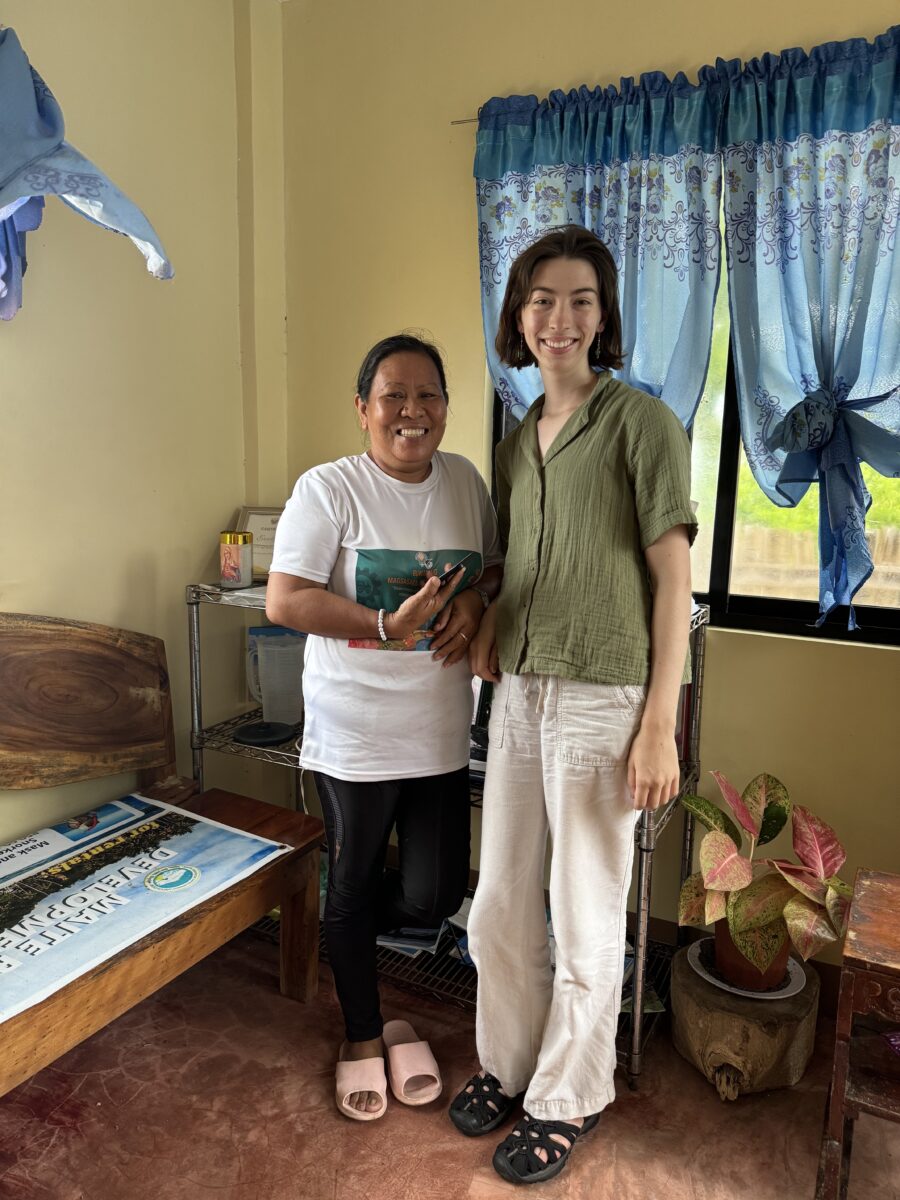
After my time working with CCEF, I joined Atlantis Image Makers 2024 in Dumaguete, Negros Island. Organized by underwater photographer and filmmaker Marty Snyderman, Atlantis Image Makers is an annual underwater photography retreat hosted at Atlantis Dive Resorts. I joined a group of 10 underwater image makers for 10 days of diving. With four dives and five hours (often more!) underwater each day, I got lots of practice in improving my underwater photography skills.
The sites we dove were all very different, from muck diving to artificial reefs to the coral reefs of Apo Island, but they were all teeming with life (most of which I had never seen before!). This was my first time experiencing any sort of muck diving, and I really enjoyed it. At first glance, the site can look pretty barren, with only sediment and the occasional tree branch. But at a closer look, there is so much life, from mantis shrimp to nudibranchs to the occasional frogfish!
As someone who is very new to underwater photography, I learned so much and was very inspired by the accomplished photographers and videographers I was surrounded by. One of the biggest challenges of underwater photography is getting the lighting right. A helpful tip I learned from Marty was to look at your subject while taking a photo to see what was actually being lit. Below are some of my favorite photos from the trip:
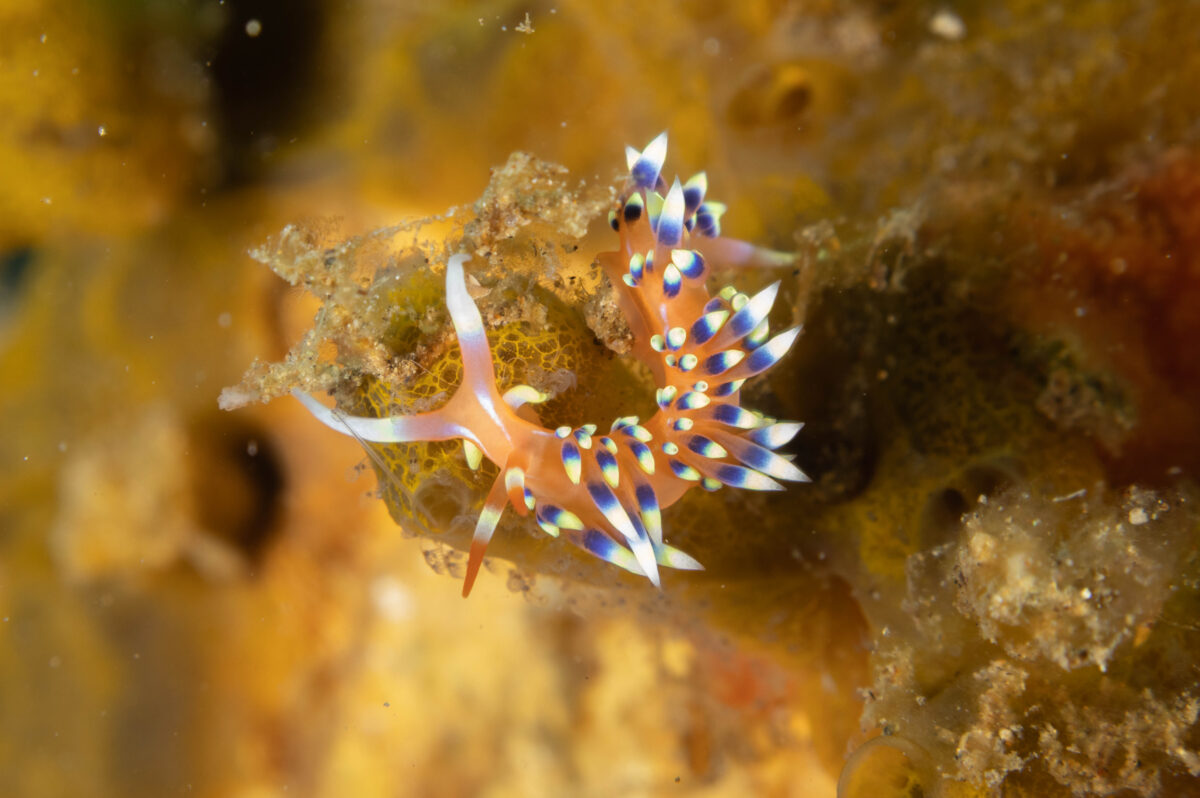
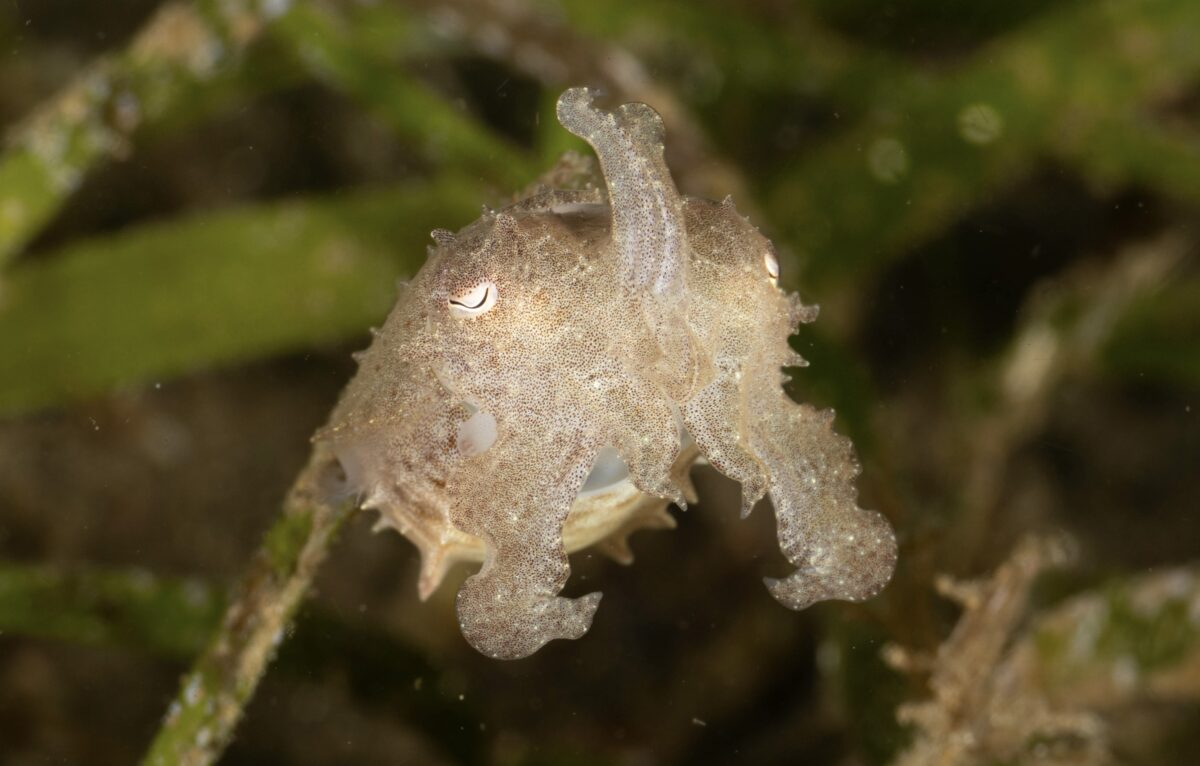
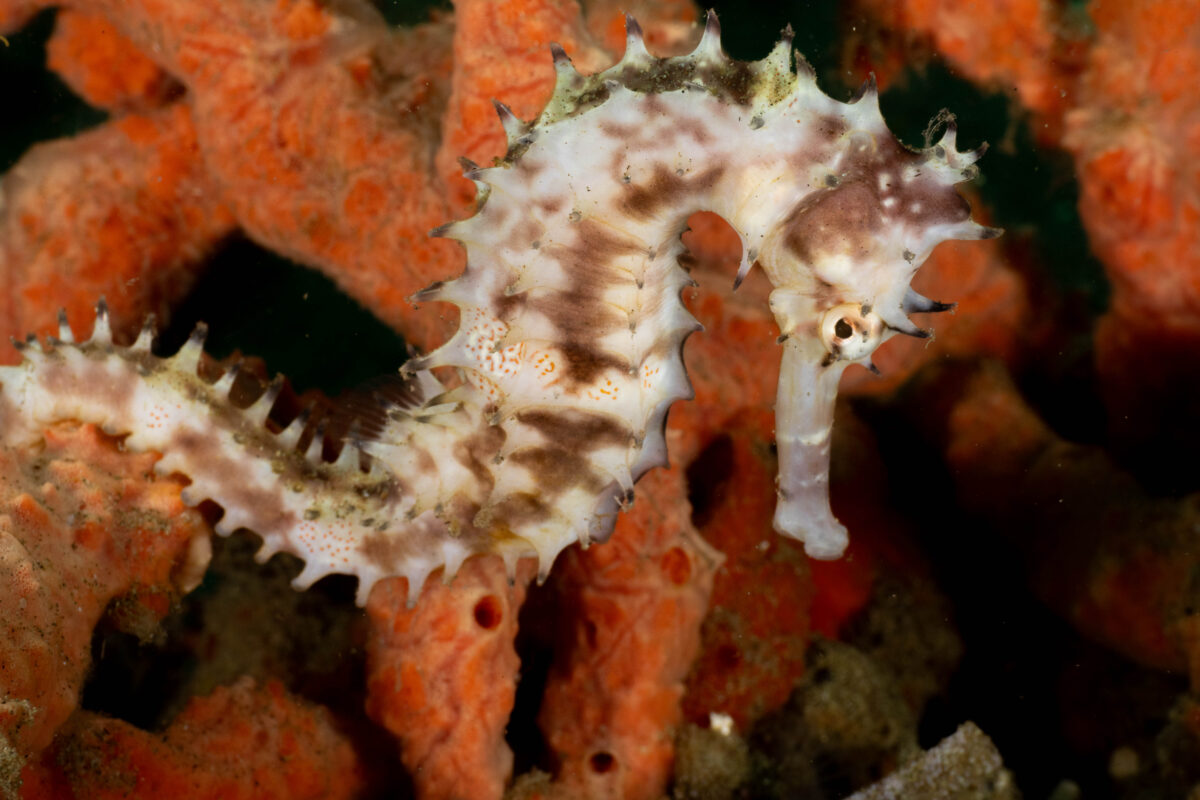
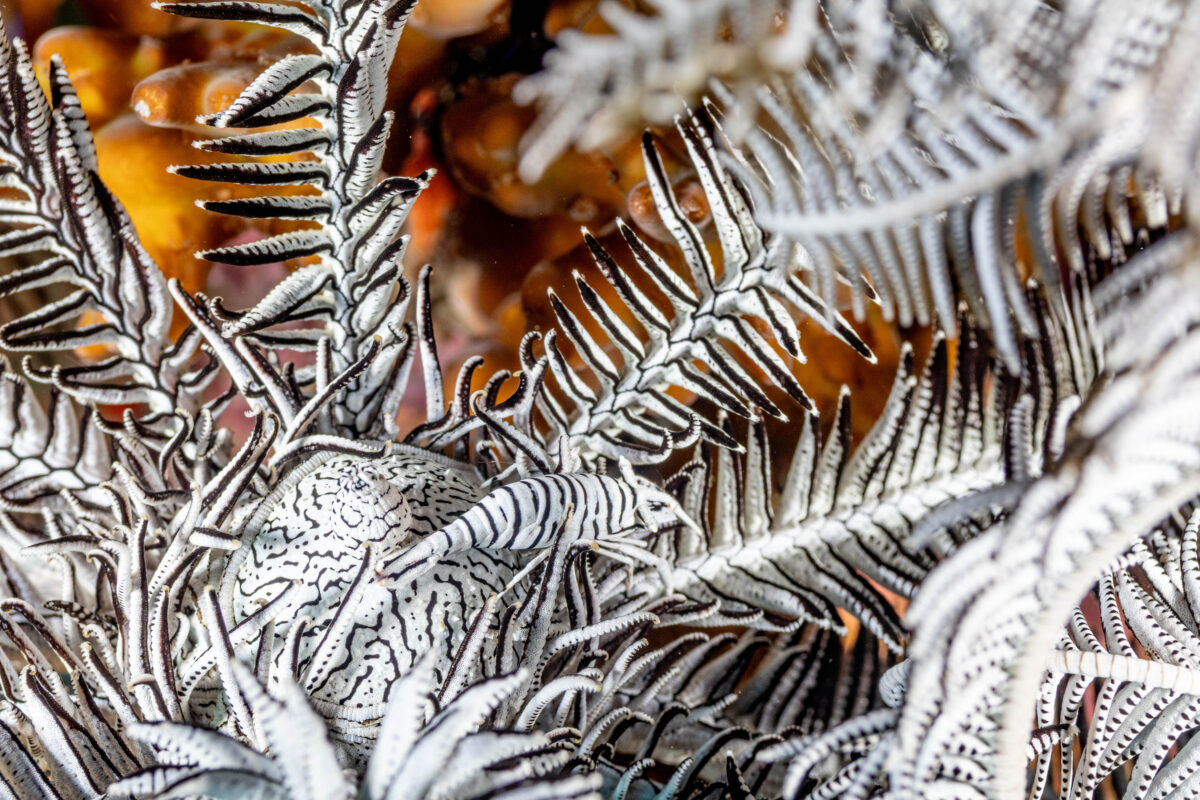

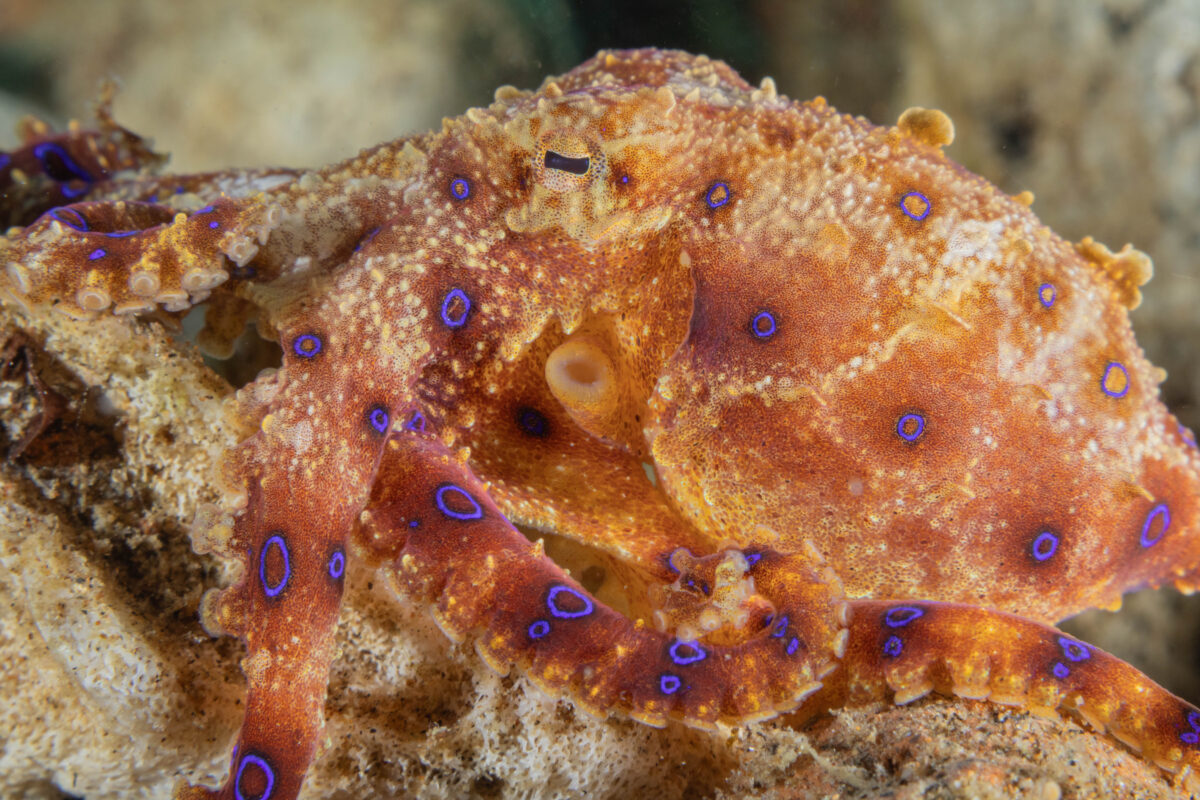
During this trip, I also hit the exciting milestone of 100 dives! I started my diving journey in 2019, with my Open Water certification at the Denver Aquarium. I never could have imagined then what I’d be doing now- on a year-long scholarship focused on diving! My fellow image makers and the Atlantis staff made me feel extra special by gifting me with a t-shirt to commemorate the accomplishment!
In addition to the great company, the experience at Atlantis was amazing, with incredibly knowledgeable dive guides, friendly staff, great food, and beautiful gardens on site! Thank you, Marty and Atlantis, for hosting me and making this experience so much fun and so memorable!
Thank you to the Our World-Underwater Scholarship Society and our sponsor Rolex for making this scholarship experience possible. I would also like to thank Reef Photo and Video, Nauticam and Light and Motion for my underwater camera setup as well as Aqualung, Fourth Element, Suunto, Halcyon, and DUI for my diving equipment.